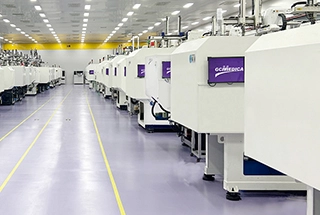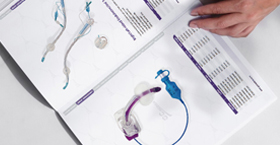A nasogastric (NG) feeding tube is a flexible tube passed through the nose and down into the stomach to deliver nutrition, fluids, and medication when oral intake is insufficient or impossible. Tube diameter is commonly expressed in French (Fr) units, where 1 Fr equals 0.33 millimeters. Choosing the appropriate tube size requires balancing patient comfort, the physical properties of the feeding product, and clinical needs such as gastric decompression or aspiration.
Small-bore feeding tubes are widely used for adult enteral nutrition because they are generally better tolerated and suitable for long-term feeding. For most adults, clinicians select tubes in the 8–12 Fr range for standard liquid formulas and medication administration. These tubes are less likely to irritate the nasal mucosa and are easier for patients to accept, especially for home enteral feeding.
Larger-bore tubes, typically 12–18 Fr, are preferred when drainage, gastric decompression, or delivery of thicker or blenderized feeds is required. Wider tubes are less prone to clogging and allow easier suctioning, but they are more uncomfortable and can increase nasal or pharyngeal irritation. In paediatrics and neonatology, much smaller sizes are used; neonates may require tubes in the 5–8 Fr range depending on weight and anatomy.
Below is a practical reference table summarizing common sizes and typical uses:
| French size (Fr) | Approx. diameter (mm) | Typical clinical use |
|---|---|---|
| 5 Fr | 1.7 mm | Neonatal, very small infants |
| 8 Fr | 2.7 mm | Small children, some adults needing fine-bore feeding |
| 10 Fr | 3.3 mm | Adult fine-bore feeding, medication administration |
| 12 Fr | 4.0 mm | Adult feeding and occasional drainage |
| 14 Fr | 4.7 mm | Thicker or blenderized feeds, reduced clogging risk |
| 16–18 Fr | 5.3–6.0 mm | Gastric decompression, suctioning, large-bore aspiration |
When choosing a tube, consider these clinical factors: the type of feed (commercial liquid formula versus blenderized food), the likelihood of tube occlusion, patient comfort and tolerance, and whether gastric suction or decompression is anticipated. Small-bore tubes are ideal for continuous or bolus liquid formulas and when long-term tolerance is a priority. If frequent blockage is a problem or thick feeds are necessary, step up to a larger bore.
Proper insertion technique, securement, and routine care reduce complications. Verification of tube placement (by recommended clinical methods) is essential before any feeding or medication administration. Regular flushing with appropriate volumes of water helps maintain patency, and using liquid or adequately dissolved medications lowers the risk of occlusion.
There is no universal “standard” NG tube size; however, for adult enteral feeding, an 8–12 Fr small-bore tube is commonly used for comfort and long-term use, while 12–18 Fr tubes serve needs for drainage or thicker feeds. Select the smallest tube that reliably delivers prescribed nutrition and medications without frequent occlusion, and follow local protocols for insertion, verification, and maintenance.
Related Products
- Polyurethane Nasogastric Feeding Tubes
- Polyurethane Y-Port Nasogastric Feeding Tubes
- Funnel Transition Connector With Cap

 Français
Français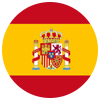 Español
Español Products
Products
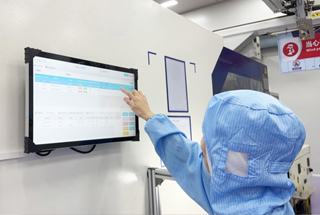
 About Us
About Us




